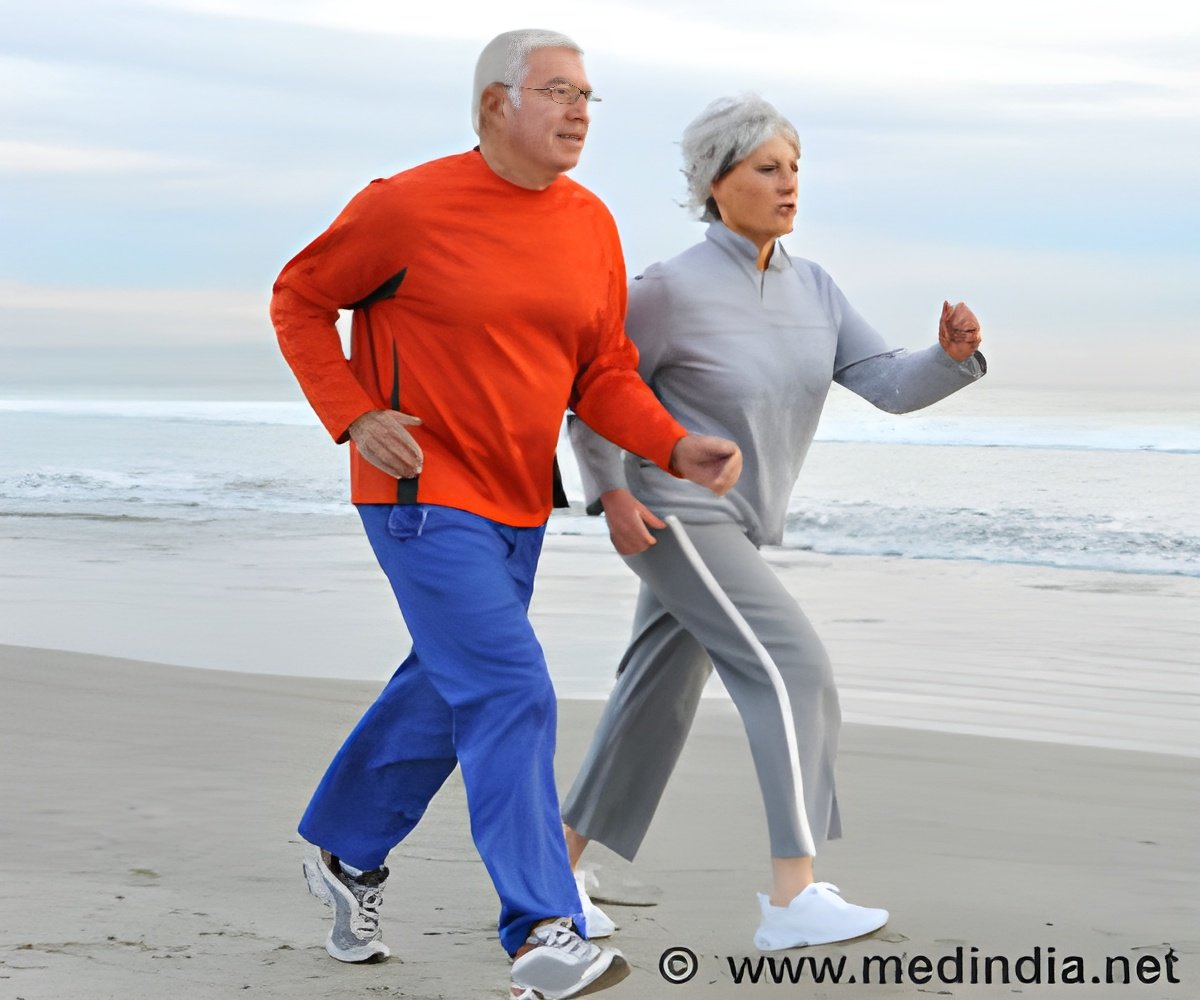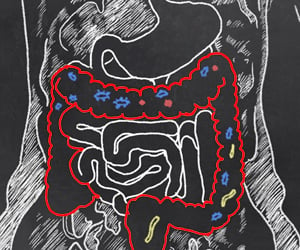Older people or people with clogged leg arteries have relatively weaker ankle flexors and use their hip flexors more during the push-off phase of walking.

"PAD patients should ask for an expert, such as a physical therapist, to evaluate their gait and the strength of their hip flexors and other muscles. Based on the evaluation, a combination of muscle training and walking exercise may increase how far they can walk and reduce their calf pain during walking," said lead author Takaaki Kakihana, a doctoral candidate at the Tohoku Graduate School of Medicine in Sendai, Japan.
The team used a 3-dimensional motion analysis system to compare the walking patterns of seven healthy people with 16 patients (average age 71), who had moderately blocked leg arteries and leg pain in one or both legs when walking.
"Usually older people have relatively weaker ankle flexors and use their hip flexors more during the push-off phase of walking. People with PAD use their ankle flexors more to compensate for hip muscle weakness," Kakihana explained.
Hip flexors are located at the front of the thigh and lift the leg with a pulling motion during the push-off phase of each step.
Ankle flexors are in the back of the calf and lift the leg with a pushing motion.
Advertisement
Source-IANS










